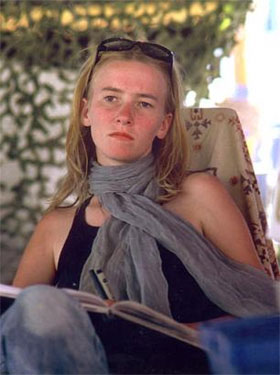Tag: Rachel Corrie trial
-
Former IDF spokesperson and Southern Brigade Commander to testify final court hearing of Corrie civil trial on May 22
17 May 2011 | Rachel Corrie Foundation Former IDF Spokesperson Brigadier General Ruth Yaron and former Southern Brigade Commander, Colonel Pinhas (Pinky) Zuaretz are both scheduled to testify on May 22 in what is anticipated to be the final hearing in the Corrie family’s civil lawsuit against the State of Israel. The lawsuit, filed in…
-
RCF: State again reschedules testimony of Col. Pinky Zuaretz
26 April 2011 | Rachel Corrie Foundation In another round of last minute maneuvering, attorneys for the State in Corrie vs. State of Israel requested that testimony from their highest-ranking witness be postponed. Former Brigade Commander Colonel Pinhas (Pinky) Zuaretz, who was scheduled to testify on April 27, will not testify until May 22. The…
-
Colonel Pinhas (Pinky) Zuaretz to testify in Corrie trial Wed, April 27th
20 April 2011 | Rachel Corrie Foundation for Peace and Justice In a breaking development, an Israeli court has granted the State’s request to move the testimony of former Brigade Commander Pinhas (Pinky) Zuaretz to next week, Wednesday, April 27, nearly one month prior to his originally scheduled appearance. A 5-page affidavit for the witness…

